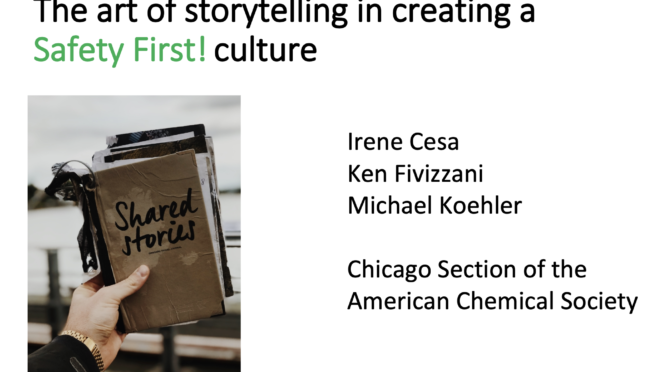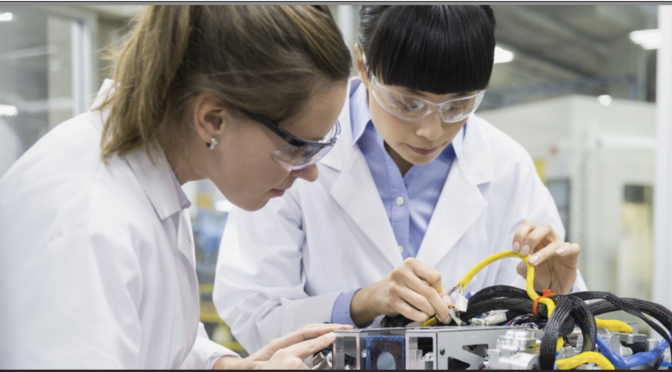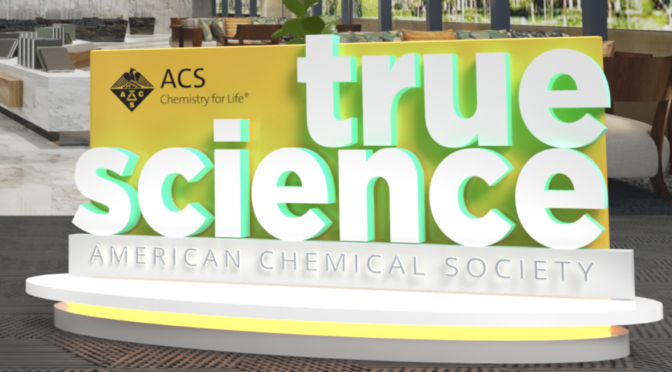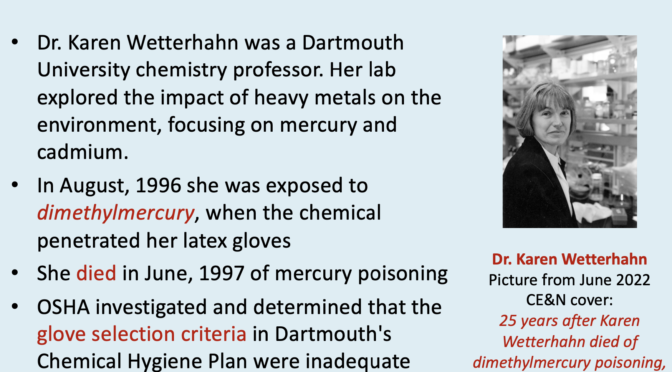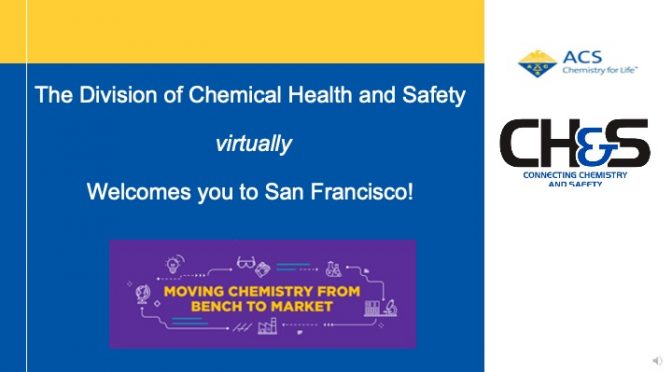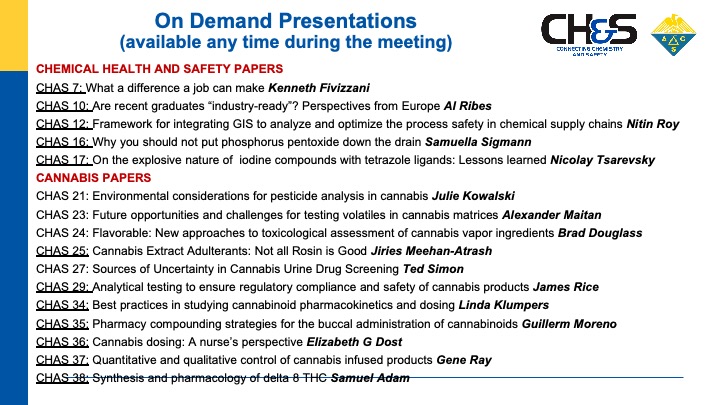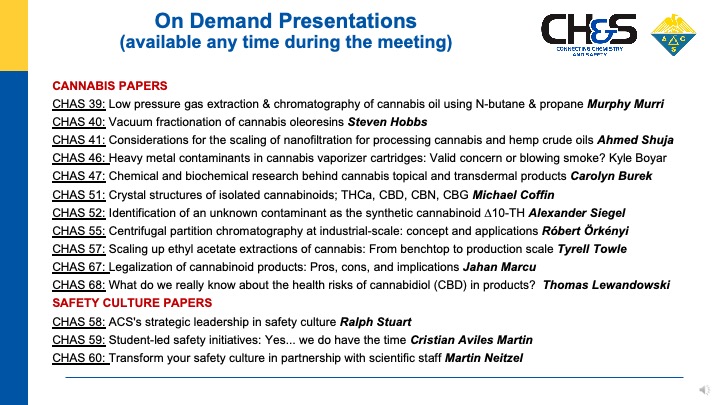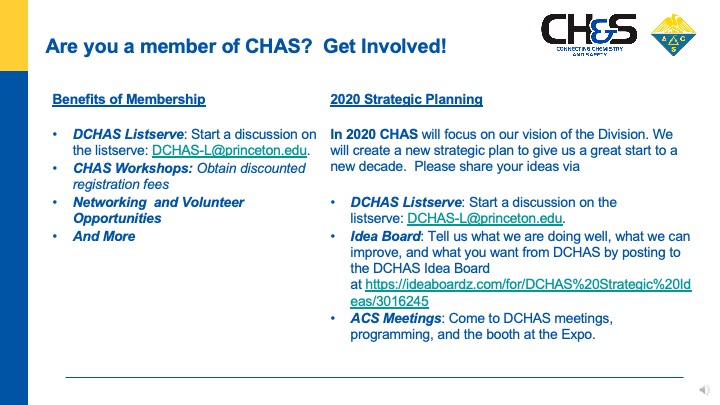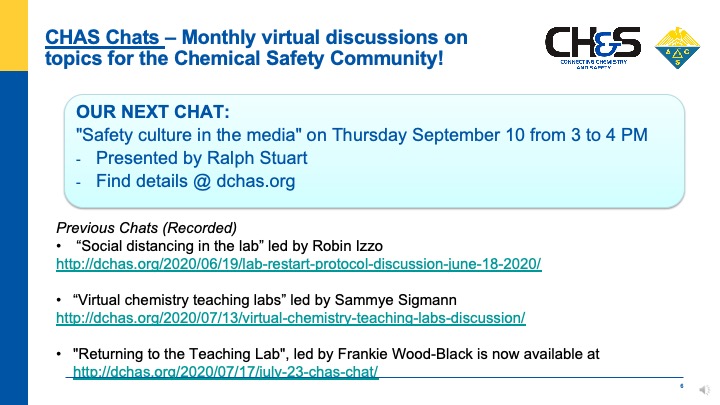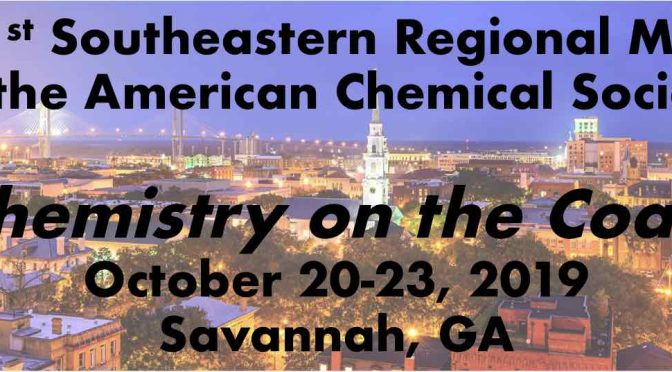A Symposium of the 23rd Annual Green Chemistry & Engineering Conference and 9th International Conference on Green and Sustainable Chemistry
Organizers: Peter Reinhardt (Presider: peter.reinhardt@yale.edu), Ralph Stuart
How major incidents can drive safety, sustainability and profitability: Lessons from the U.S. Chemical Safety Board,
Kristen Kulinowski, U.S. Chemical Safety Board
For 20 years, the U.S. Chemical Safety and Hazard Investigation Board (CSB) has investigated more than 100 major incidents where the accidental release of hazardous substances resulted in harm to people, property and the environment. Our investigations aim to understand and communicate the root and contributing causes of these incidents so they can be prevented in the future for a safer and more productive industry. As a non-regulatory, investigative Federal agency, the CSB issues recommendations for changes to industry practices, standards, and regulations and advocates for these changes to be propagated throughout the industry.
While major incidents are always disruptive, and often tragic, they can present opportunities for facility management and employees to take stock of the facility’s overall operational efficiency and make improvements to the process that meet the twin goals of safety and sustainability. A facility that experienced a major incident may be motivated in the aftermath to assess and address other unrelated safety hazards as well as longstanding inefficiencies in plant operations. When equipment has been damaged or destroyed, the feasibility of redesigning a process to make it inherently safer and more sustainable can be assessed as part of the rebuilding or repair phase.
This talk will present cases in which a major incident resulted in changes to processes that made them both safer and greener. One recent case, in particular, involved a top-to-bottom assessment of a facility’s operations that resulted in the complete phaseout of one hazardous chemical and ongoing efforts to drive toward more sustainable operations across the plant, even in areas that were uninvolved in the incident. The company reports that these changes have resulted in a streamlining of operations that is enhancing their bottom line. By talking with its peers about the incident and its post-incident improvements, this company is amplifying the message that safety, sustainability and profitability can be mutually supportive goals.
Paradigm shift in approach to safety through green chemistry,
Jane Wissinger, University of Minnesota
The National Institute for Occupational Safety and Health (NIOSH)’s Hierarchy of Controls pyramid pictorially illustrates that the most effective method to improve safety is through elimination or substitution of the hazards. Yet, many research labs still choose to use old protocols, with, for example hazardous solvents and procedures, without considering recent green chemistry innovations demonstrating safer alternatives.
This presentation will assert that green chemistry education is key to creating a paradigm shift that prioritizes minimizing the hazard for reducing risk instead of seeking ways to minimize exposure. More specifically, intersection exists between RAMP, the stepwise student learning tool developed by Hill and Finster, and the goals of green chemistry. Green chemistry metrics can be applied for Recognizing and Assessing the risk and, the increased abundance of green chemistry/safer alternatives resource guides and hazard assessment online tools can offer mechanisms to Minimize the risk. Initiatives by the green chemistry community to provide educational tools for teaching basic chemical toxicology informing safer chemical design and processes can also be impactful.
Overall, applying green chemistry principles to chemical safety provides a unique opportunity for the chemical enterprise to meet our responsibilities to safeguard human health and the environment sustainably.
Incorporating chemical safety into green chemistry graduate research and undergraduate curriculum
Kendra Denlinger, Xavier University
Green chemistry and chemical safety considerations connect in many different places in academic chemistry work. Two of these connections in both the graduate research laboratory and undergraduate curriculum will be discussed. Recently, an online green chemistry course for undergraduate students was introduced into the curriculum at the University of Cincinnati. This course, designed by 5 chemistry graduate students, walks participants through various aspects of green chemistry: history, solvent use, green chemistry metrics, various green methodologies, and community engagement.
The incorporation of chemical safety into this course is discussed, along with proposed areas of improvement. Several examples of incorporating chemical safety into a graduate research setting are also discussed. These examples include using a near-miss incident and a green chemistry metric to improve the safety, as well as the greenness, of the research.
Enhancing laboratory safety: Principles of safe synthetic chemistry,
Craig Merlic, UCLA
The twelve principles of green chemistry established in 1998 by Paul Anastas and John Warner elegantly prescribe ways to conduct chemical research and production in order to minimize hazardous effects on human health and the environment. As these principles address hazardous chemicals they also then directly impact safety in the conduct of chemical research and production. However, there is more to conducting safe synthetic chemistry than just these principles. This talk will outline the principles of safe synthetic chemistry that can broadly impact the chemical enterprise with concepts and examples relevant to both organic and inorganic synthesis.
An active collaboration between faculty and research safety to evaluate green chemistry and safety from the bench to the institutional level
Christopher Weber, Clemson University
Green chemistry methods in academic teaching laboratories are widely acknowledged as being inherently safer than traditional organic synthetic methods, however, this may not always be the case when viewed from the broader institutional perspective. A green synthesis may provide greater safety for the student in the lab but may present unforeseen challenges at the university level in terms of waste disposal, chemical storage, and cost. The Clemson University organic teaching laboratories serve over 1,000 students per academic semester presenting the challenge of designing a green chemistry curriculum which is both green and safer at the bench and institutional levels. To address this challenge, a collaborative effort was made between the organic lab teaching faculty and the university’s Office of Research Safety to design a lab module which is greener and safer at both levels while providing the necessary chemical knowledge to the students.
We have designed a 2-week laboratory module for chemical engineering students in which groups compare a new green synthesis of crystal violet with the traditional synthetic route. The methods are compared in terms of green chemistry principles and safety from the perspective of the bench chemist and the university safety professional. This approach provides the students with the requisite chemical and analytical knowledge as well as providing the Office of Research Safety and teaching staff valuable data with which further course improvements can be made in keeping with Clemson’s ongoing commitment to education, safety, and environmental stewardship.
Suggested enhancements of green chemistry assessment tools crowdsourced from the ACS Committee on Chemical Safety
Peter Reinhardt, Yale University
Assessment tools have been developed to determine the relative “greenness” of chemical reactions, processes and products. These tools often overlook key safety factors that could render the “greenest” alternative impractical or unusable. In many cases, researchers and engineers assume that safety risks that may arise during green chemistry can be addressed with administrative and engineering controls, rather than averting safety risks altogether through experimental or production design.
In August 2018, the American Chemical Society’s Committee on Chemical Safety reviewed two green chemistry assessment tools—EcoScale and Green Star. Multiple suggestions were made to improve the tools. By incorporating safety factors, the tools could be useful in choosing alternatives that optimize both greenness and safety. This paper will review the Committee’s suggested additions, explain the consequences of not considering safety, and recommend some reasonable changes so the tools can be more versatile and usable in the real world.
